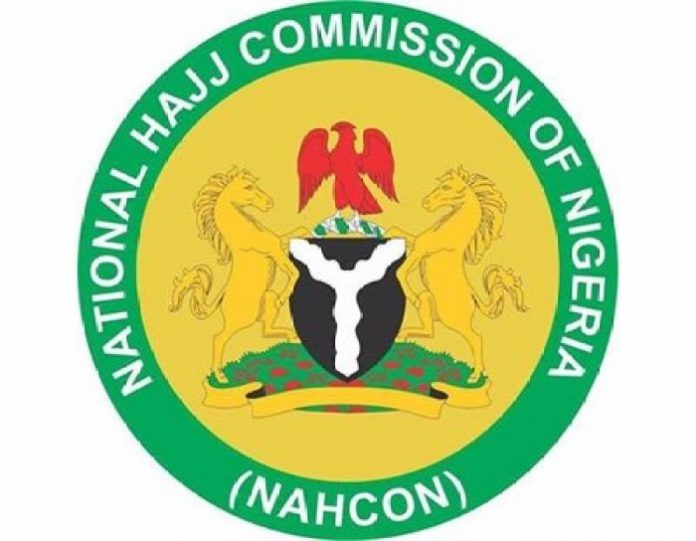NAHCON’s initial pessimism in announcing the 2026 Hajj fare by using a high exchange rate of ₦1,550 per dollar was not arbitrary. It was a cautious decision rooted in experience, shaped by the Commission’s encounters with late remittances in previous Hajj operations.
Over the years, NAHCON has observed a consistent trend: many intending pilgrims delay the payment of their Hajj fares. This delay affects remittances by the State Pilgrims’ Welfare Boards, who are responsible for collecting and remitting the funds to NAHCON. When the states are forced to remit late, the Commission is unable to promptly forward the funds to the Central Bank of Nigeria (CBN) to purchase the needed foreign exchange for Hajj services.
Because the Hajj fare is about 95–96% foreign exchange-based, any delay in remittance exposes NAHCON to fluctuations in the forex market. By the time the funds are finally ready for conversion, the Naira might have depreciated, forcing the Commission to buy dollars at a higher rate. This, in turn, raises the overall cost of Hajj a burden that ultimately falls on the pilgrims.
Learning from these past experiences, NAHCON decided to adopt a “pessimistic” exchange rate in its initial fare computation. The goal was to plan conservatively, ensuring that even if remittances were delayed and the exchange rate worsened, the Commission would still have enough funds to meet its commitments without revising fares upward or facing shortfalls. Would the Commission had refunded if the exchange rate remained low? Yes, that much was stated when Professor Saleh Usman interacted with journalists after his arrival in Kano.
NAHCON’s pessimism was not a sign of doubt, but of financial prudence and foresight to safeguard against the recurring problem of late remittances that have, in the past, complicated the timely and cost-effective management of Hajj operations.
The cautious approach reflects lessons from experience when pilgrims pay late, states remit late, and NAHCON ends up buying dollars at higher rates. To avoid such losses, the Commission chose a pessimistic rate to ensure stability and protect pilgrims from unforeseen forex shocks.
Abba writes from the
Information and publications Division, NAHCON.













